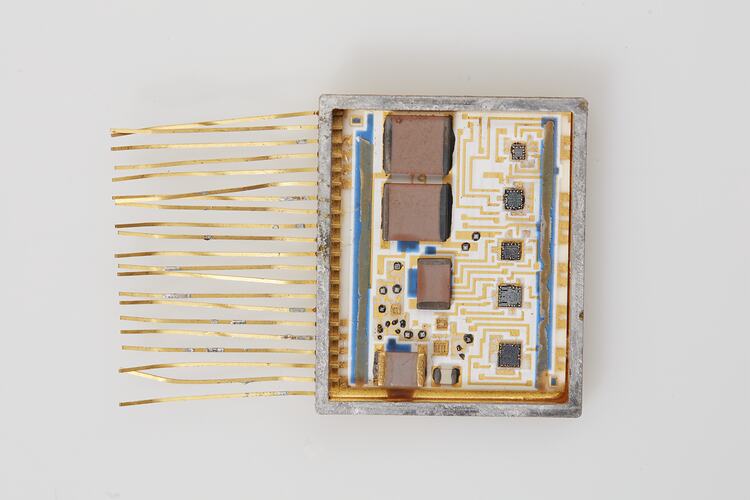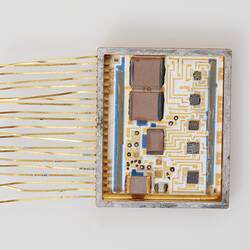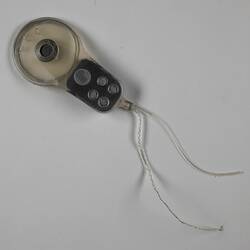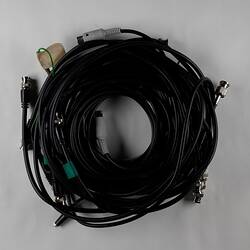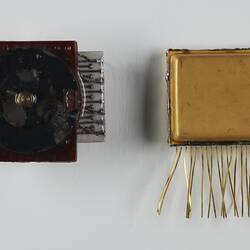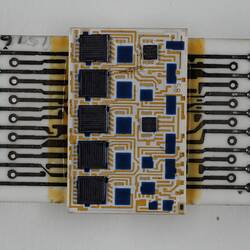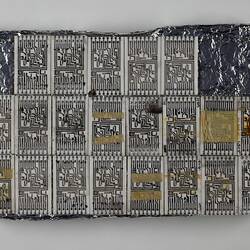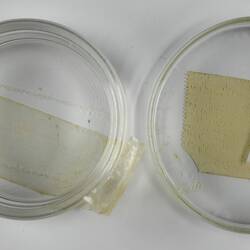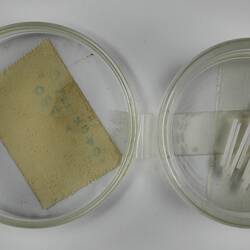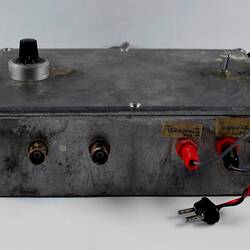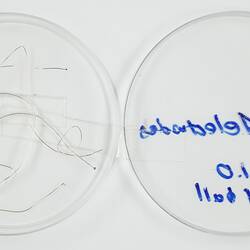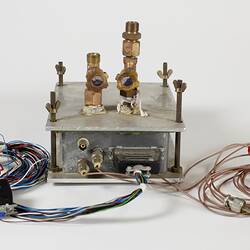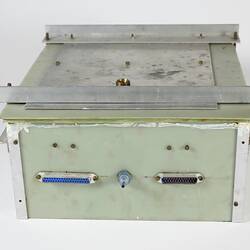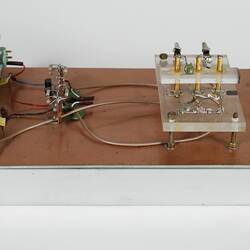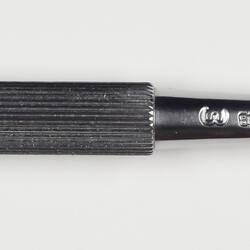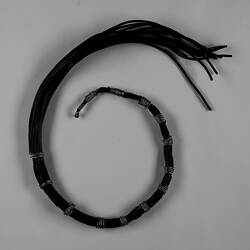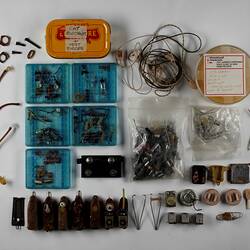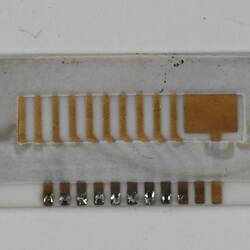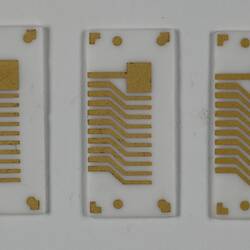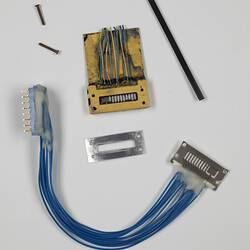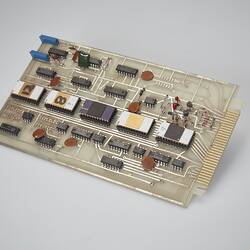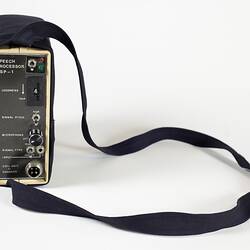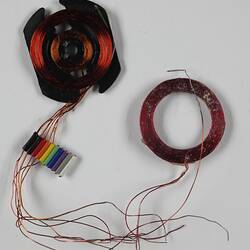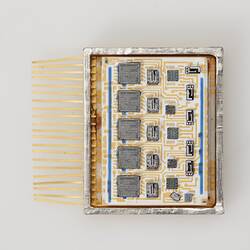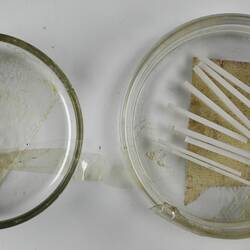The Australian bionic ear, or multi-channel cochlear implant, was the result of pioneering research by Graeme Clark at the University of Sydney in the late 1960s and then by Professor Clark and team from the 1970s at the Department of Otolaryngology at The University of Melbourne. The project involved bringing together and integrating a broad range of expertise in brain science, microsurgery, audiology, biomedical engineering, electronics, speech processing and manufacturing.
The prototype bionic ear was implanted in the first adult at the Royal Victorian Eye and Ear Hospital in Melbourne, Australia, in 1978. A worldwide clinical trial was undertaken in 1982 with implants and speech processors developed in collaboration with Nucleus Pty Ltd. The implant was approved by the US Food & Drug Administration in 1985 as both safe and effective, making it the first multiple-electrode cochlear implant to be approved by a regulatory body.
Further research led to the first implant of a 10 year-old child in 1985 and FDA approval of the implant for children in 1990. Cochlear Pty Ltd was established in 1983 to manufacture and distribute the bionic ear internationally; by 2016 the company sold in over 100 countries and over 400,000 individuals had received the company's implants.
The Bionic Ear Collection comprises over 250 items donated by Professor Graeme Clark and The University of Melbourne, documenting the research and prototyping that led to the development of the clinically approved cochlear implant. These include examples of the prototype 'gold box' receiver-stimulators or implants, clinical trial implants, benchtop electronics used to develop both the implant circuitry and the external speech processors.
The initial research and safety studies were undertaken with cats as the experimental animals, and the collection includes the animal experimentation box and histological slides to examine the biological impact of the inserted electrodes.
Implantation surgery on humans required the development of new surgical techniques; the collection includes surgical instruments developed by Graeme Clark for inserting the electrode array into the inner ear and templates for drilling a bed for the implant in the patient's skull.
More Information
-
Keywords
-
Authors
-
Article types
